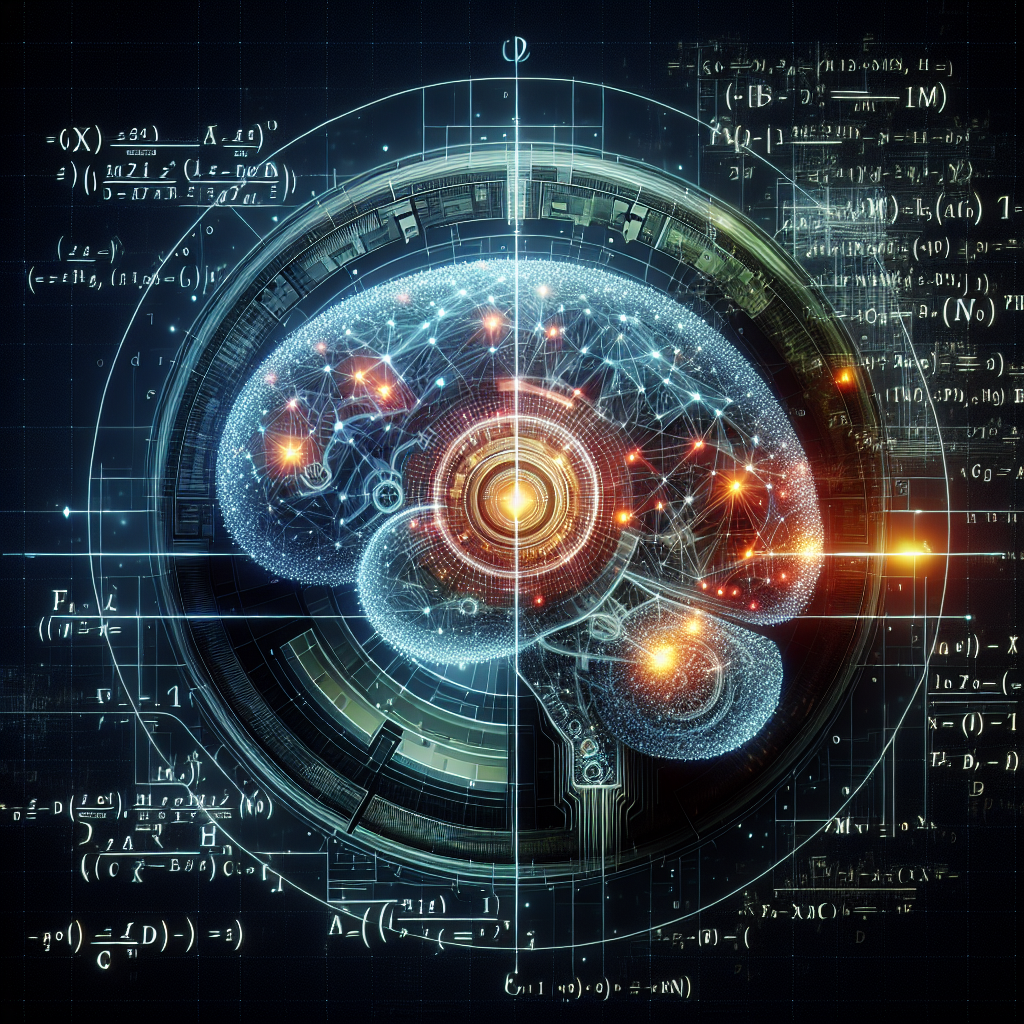Generative Artificial Intelligence (AI) is a powerful technology that has the potential to revolutionize cognitive computing. Cognitive computing refers to systems that are capable of learning, reasoning, understanding natural language, and interacting with humans in a more natural way. Generative AI, on the other hand, allows machines to generate new content, such as images, text, and even music, that is indistinguishable from human-created content.
The impact of generative AI on cognitive computing is significant, as it opens up a whole new realm of possibilities for how machines can interact with humans and assist with various tasks. In this article, we will explore the implications of generative AI on cognitive computing and discuss how this technology is shaping the future of artificial intelligence.
One of the key ways in which generative AI is impacting cognitive computing is through the creation of more personalized and engaging user experiences. For example, generative AI can be used to create personalized content for users based on their preferences and past interactions. This can lead to more engaging and interactive experiences for users, as the content they receive is tailored to their specific needs and interests.
Generative AI can also be used to enhance the capabilities of cognitive computing systems by enabling them to generate new content in real-time. For example, a cognitive computing system that is powered by generative AI could generate new responses to user queries, create new visualizations of data, or even compose new music based on user input. This can help to make cognitive computing systems more dynamic and responsive, as they are able to generate new content on-the-fly.
Another way in which generative AI is impacting cognitive computing is through the creation of more realistic and natural language interactions. Generative AI can be used to generate natural language responses that are indistinguishable from human-created content. This can make interactions with cognitive computing systems more natural and intuitive, as users can converse with the system in a more human-like way.
Generative AI is also enabling cognitive computing systems to better understand and interpret human emotions. By generating content that is emotionally resonant, generative AI can help cognitive computing systems to better empathize with users and respond in a more emotionally intelligent way. This can lead to more personalized and empathetic interactions between humans and machines, which can enhance the overall user experience.
In addition to these benefits, generative AI is also enabling cognitive computing systems to learn and adapt more quickly. By generating new content, cognitive computing systems can explore new ideas and concepts in a more efficient way. This can help to accelerate the learning process and enable cognitive computing systems to adapt to new challenges and tasks more effectively.
Overall, the impact of generative AI on cognitive computing is significant, as it is enabling machines to create new content, personalize user experiences, and interact with humans in a more natural way. This technology is shaping the future of artificial intelligence and opening up new possibilities for how machines can assist with various tasks and interact with humans.
FAQs:
Q: How does generative AI differ from other forms of AI?
A: Generative AI is a form of artificial intelligence that focuses on generating new content, such as images, text, and music, that is indistinguishable from human-created content. This is different from other forms of AI, which may focus on tasks such as classification, prediction, or optimization.
Q: How is generative AI impacting cognitive computing?
A: Generative AI is impacting cognitive computing by enabling machines to generate new content, personalize user experiences, and interact with humans in a more natural way. This technology is shaping the future of artificial intelligence and opening up new possibilities for how machines can assist with various tasks.
Q: What are some examples of generative AI in action?
A: Some examples of generative AI in action include the creation of deepfake videos, where AI is used to generate realistic videos of people saying or doing things that they did not actually say or do. Generative AI is also used in the creation of virtual characters for video games, where AI is used to generate realistic animations and behaviors for these characters.
Q: What are the potential risks of generative AI?
A: One potential risk of generative AI is the creation of fake content that is indistinguishable from real content. This can lead to misinformation, fraud, and other malicious activities. It is important for developers and users to be aware of these risks and take steps to mitigate them.
In conclusion, generative AI is having a profound impact on cognitive computing, enabling machines to generate new content, personalize user experiences, and interact with humans in a more natural way. This technology is shaping the future of artificial intelligence and opening up new possibilities for how machines can assist with various tasks and interact with humans. It is important for developers and users to be aware of the potential risks of generative AI and take steps to mitigate them as this technology continues to evolve and expand.

